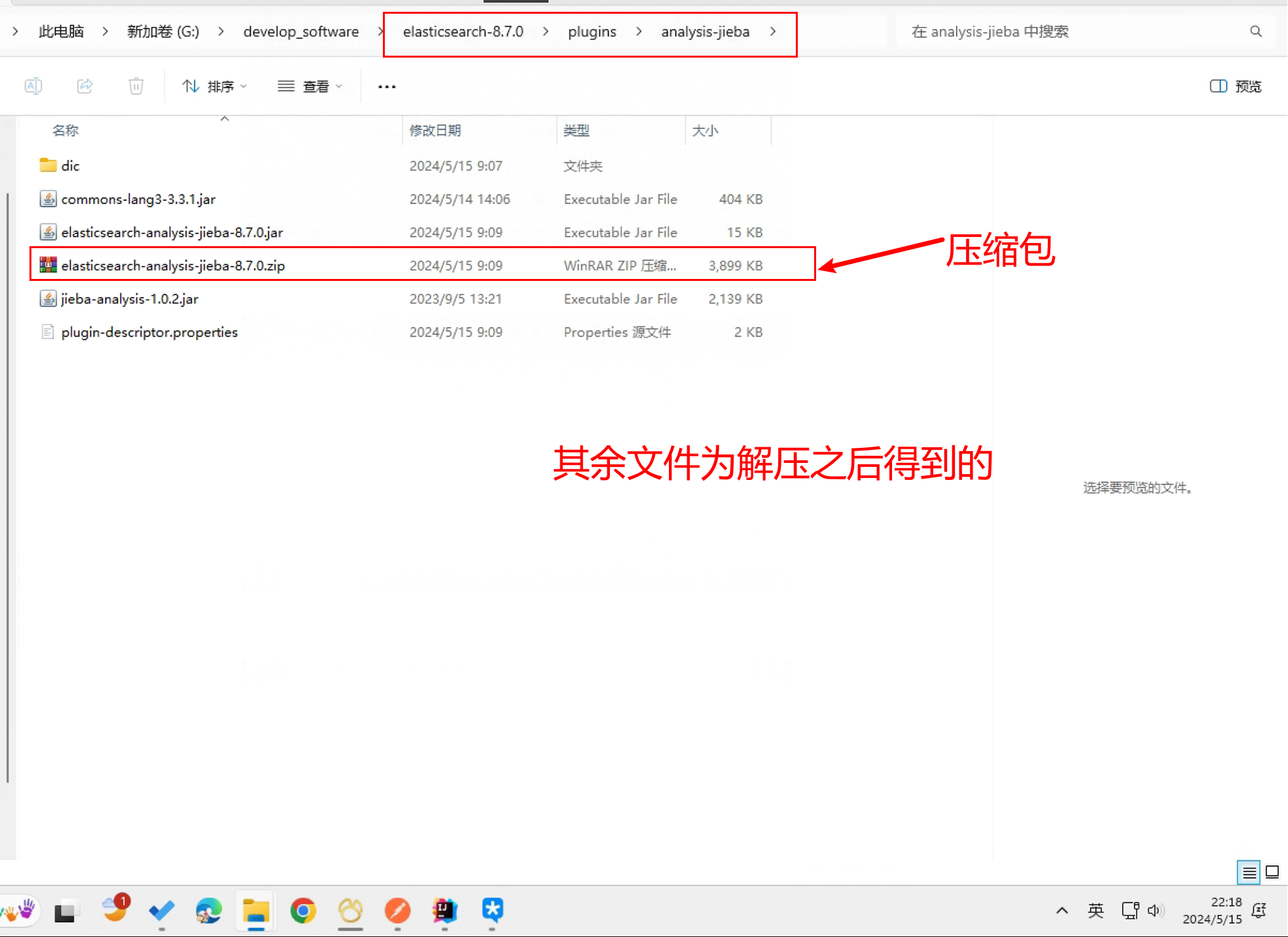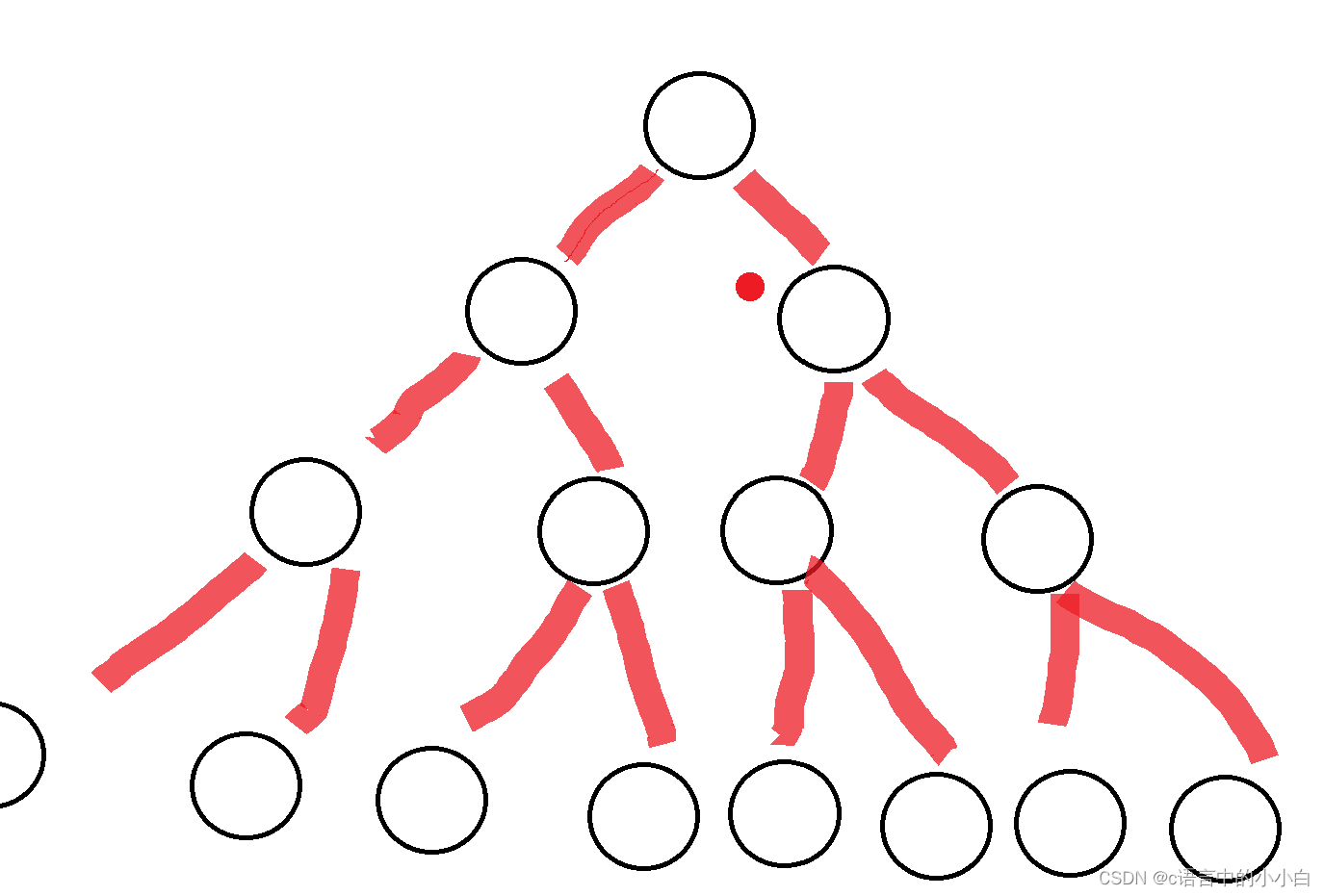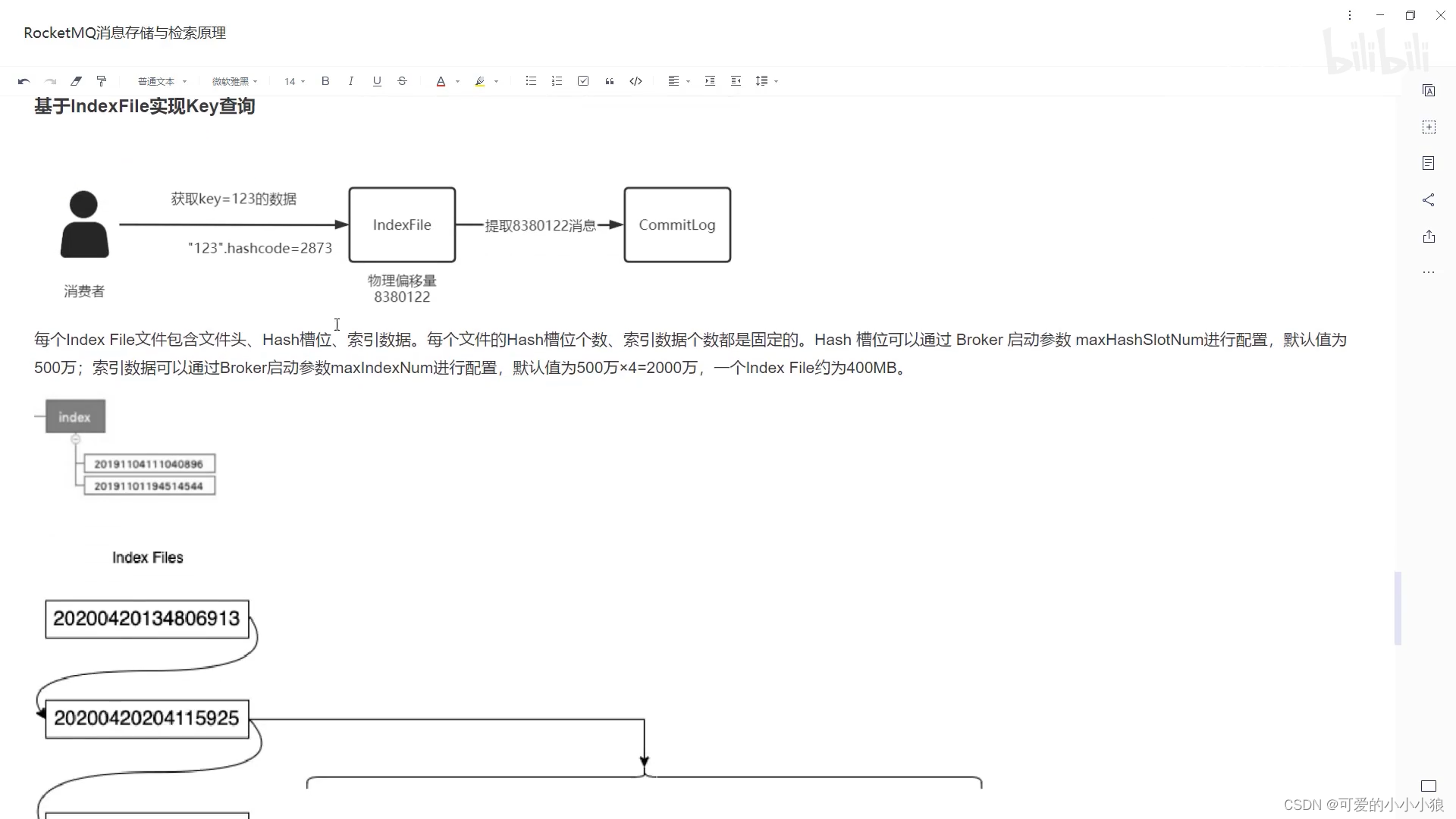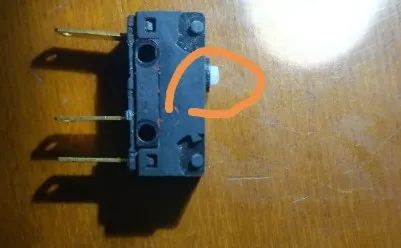目录
1.打怪
2.字符串分类
3.城市群数量
1.打怪
链接

模拟题目,按题意进行模拟就行。
#include <iostream>
using namespace std;
// 简单模拟
int solve()
{
int h, a, H, A;
cin >> h >> a >> H >> A;
if (a >= H)
return -1;
int cnt = 0;
int tmpH = H;
while (h > 0)
{
tmpH -= a;
if (tmpH > 0)
h -= A;
if (tmpH <= 0)
{
cnt++;
tmpH = H;
}
}
return cnt;
}
int main() {
int t;
cin >> t;
while (t--)
cout << solve() << endl;
}2.字符串分类
链接

我的思路是将每个 string 存入 vector 里面,然后排序每个string,遍历vector,将不同种类的string存入tmp(vector<string>)中,返回tmp.size()即可。
#include <iostream>
#include <vector>
#include <string>
#include <algorithm>
using namespace std;
int main() {
int n;
cin >> n;
vector<string> vs(n);
for (int i = 0; i < n; ++i)
cin >> vs[i];
for (auto& s : vs)
sort(s.begin(), s.end());
vector<string> tmp;
for (int i = 0; i < n; ++i)
{
int flag = 1;
for (auto s : tmp)
{
if (vs[i] == s)
flag = 0;
}
if (flag)
tmp.push_back(vs[i]);
}
cout << tmp.size() << endl;
return 0;
}方法二:
也可以不用这么麻烦,可以直接定义一个unordered_set,将排序后的每个string扔进去,直接返回它的size即可。
#include <iostream>
#include <string>
#include <algorithm>
#include <unordered_set>
using namespace std;
int n;
string s;
int main()
{
cin >> n;
unordered_set<string> hash;
while (n--)
{
cin >> s;
sort(s.begin(), s.end());
hash.insert(s);
}
cout << hash.size() << endl;
return 0;
}3.城市群数量
链接
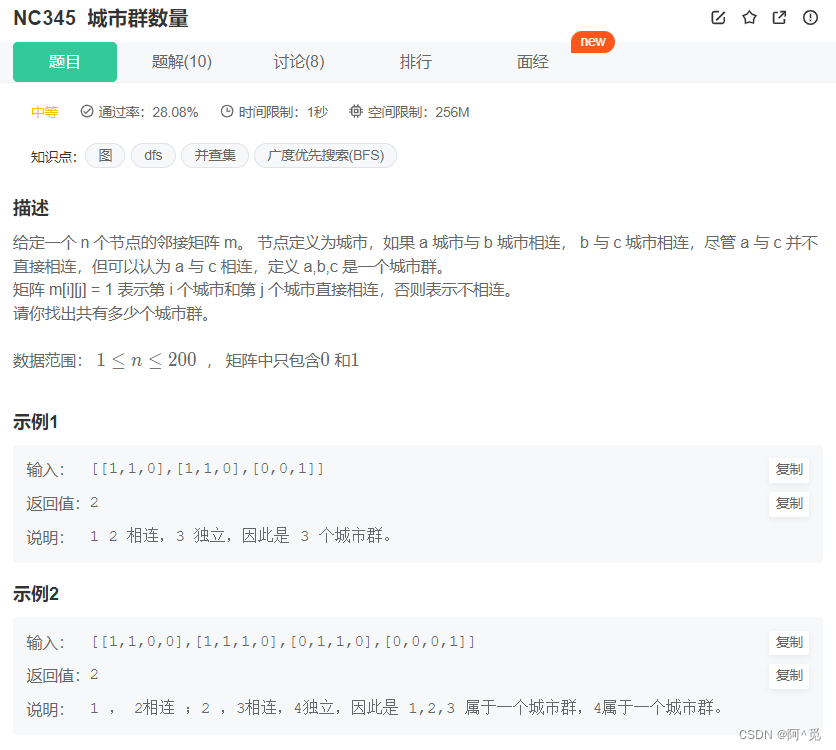
我的方法是用图存储每个城市连接的城市(多个),for循环遍历每个城市,若没有遍历过,之间cnt++,然后dfs遍历该城市连接所有城市,以及它连接的城市连接的所有城市。
#include <unordered_map>
#include <vector>
#include <algorithm>
vector<bool> vim(210);
class Solution {
public:
// 检查连接的城市是否遍历完
bool Check(int i) {
for (int e : edges[i])
if (vim[e] == false)
return true;
return false;
}
// DFS
void f(unordered_map<int, vector<int>> edges, int i) {
vim[i] = true;
if (Check(i) == false)
return;
for (int e : edges[i]) {
if (vim[e] == false) {
f(edges, e);
}
}
}
// 建图
unordered_map<int, vector<int>> edges;
int citys(vector<vector<int> >& m) {
int line = m.size();
int col = m[0].size();
for (int i = 0; i < line; ++i) {
for (int j = 0; j < col; ++j) {
if (m[i][j] == 1 && i != j) {
edges[i + 1].push_back(j + 1);
}
}
}
int cnt = 0;
for (int i = 1; i <= line; ++i) {
if (vim[i] == false) {
cnt++;
f(edges, i);
}
}
return cnt;
}
};唯一的细节就是:
遍历到的这个城市先标记后,再去判断是否有连接的但是没遍历到的城市。
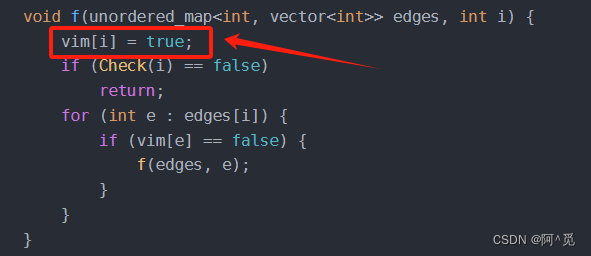
因为一直过不去用例,一直找错误,结果就这一个细节错误,导致我找了好久才找到。


